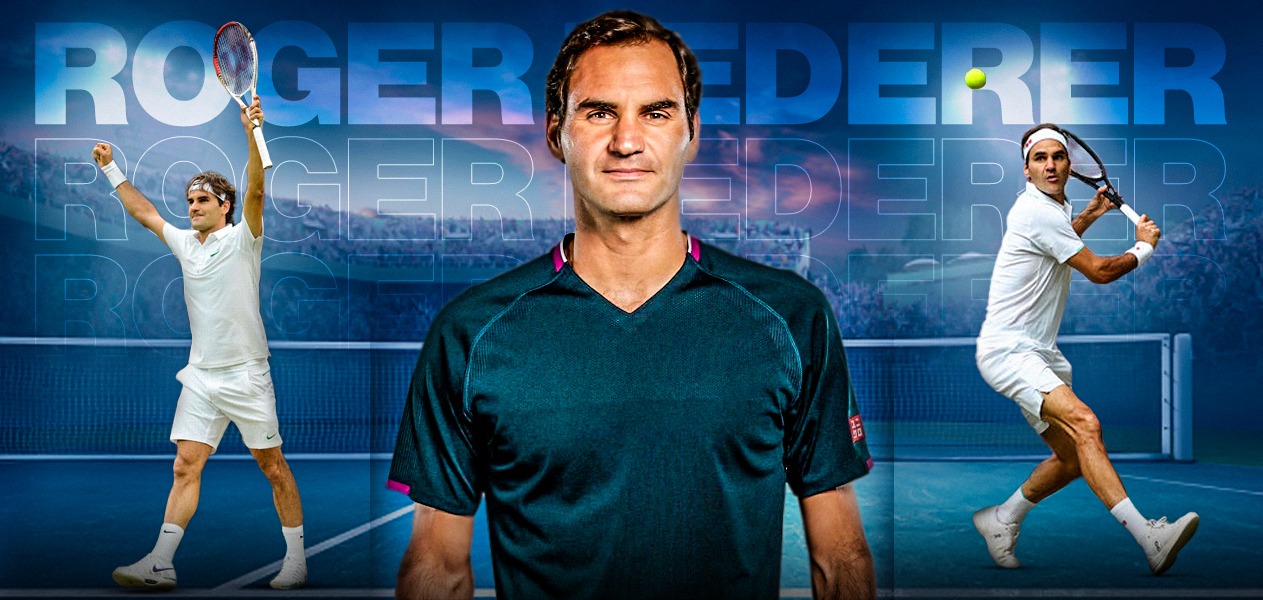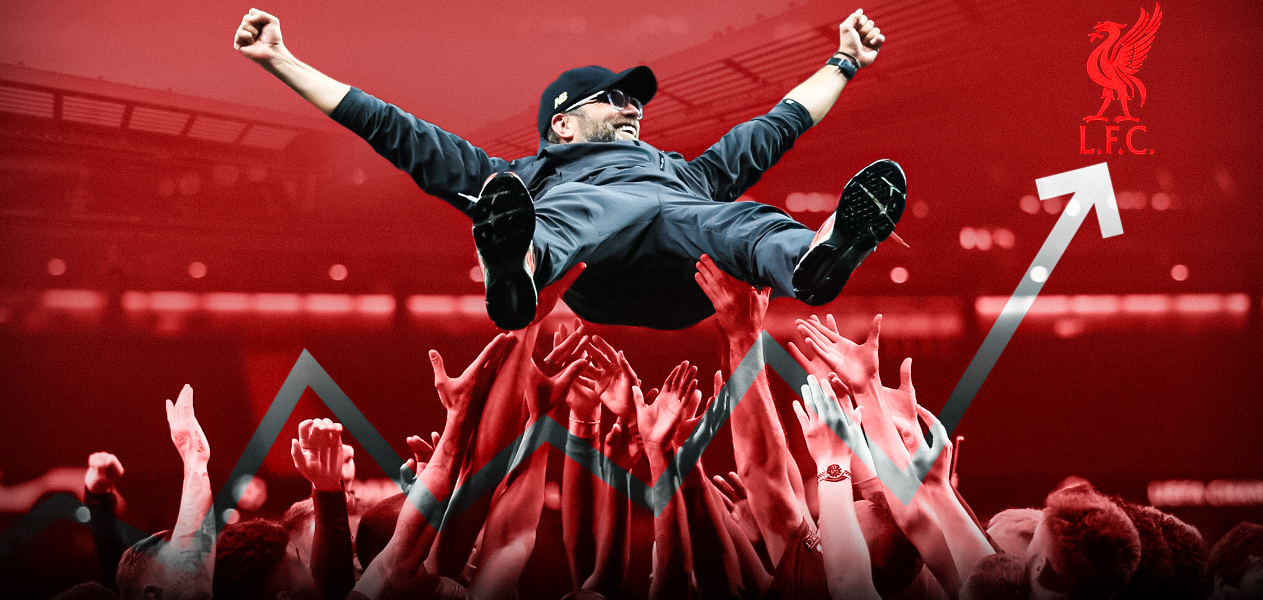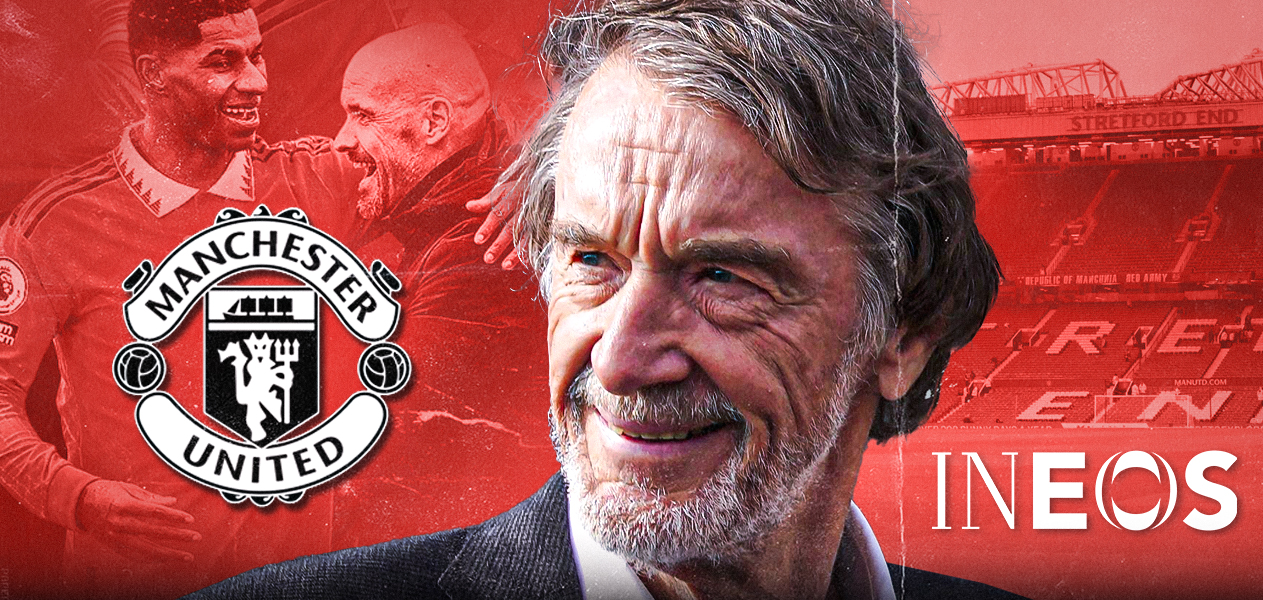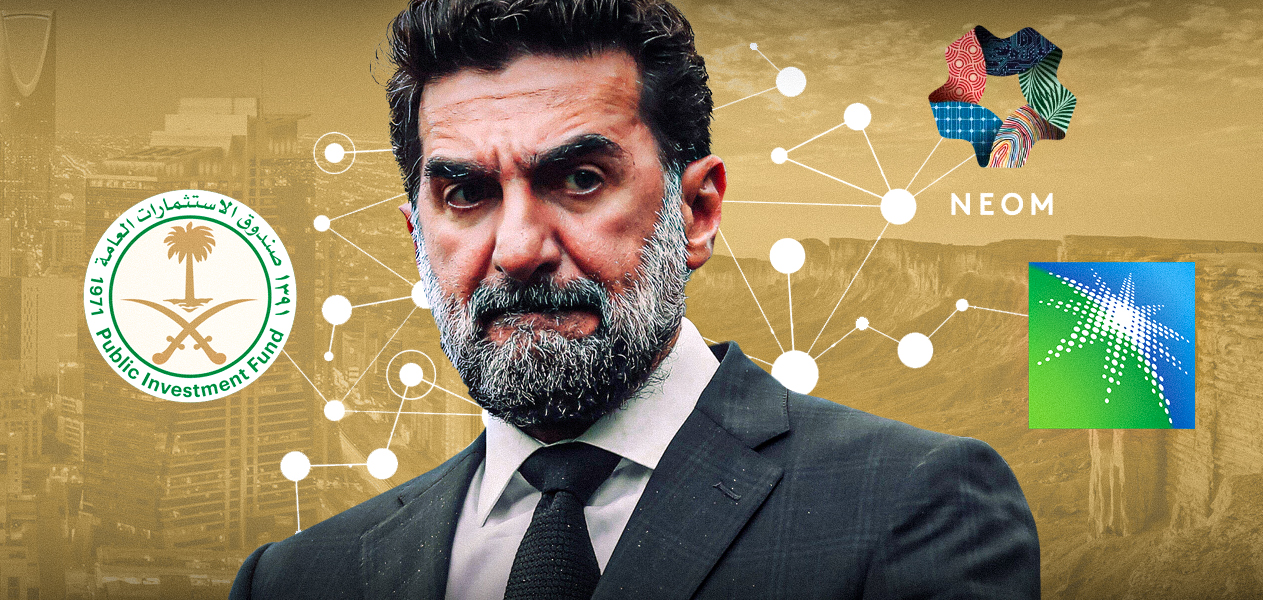It started with the name. Roger Federer.
As a seven-year-old, I found it rather amusing the way it was pronounced, and the confusion it created with two other players with somewhat similar names: Juan Carlos Ferrero and David Ferrer.
It was a Friday afternoon in the summer of 2005 as I sat in front of the TV with the remote in hand. Since I was five, I was pretty much into most sports. While I understood very little, the whole spectacle and the sheer competitiveness and thrill of it all were what captivated me. This afternoon, I was watching a tennis match for the very first time. In front of me was the Swiss maestro at work.
I believe it was the men’s singles semi-final match at Wimbledon between Roger Federer and Lleyton Hewitt. While the guy with the cap—Hewitt—looked to struggle to keep himself in the contest, the guy with the headband—Federer—seemingly toyed with him, dancing with his quick footwork, exhibiting elegance with which he played each point and that single-handed backhand that sent shivers down my spine.
I had a new hero.
Thus, it is fitting for London to act as the backdrop for Federer’s farewell, although the dream had always been Wimbledon rather than The O2 to be the venue for the final act of his illustrious career. But, aged 41, and with more than 1,500 competitive matches under his belt, Federer and his ailing knee, which was last operated on after Wimbledon last year just so he could return to the All England Club, have decided to call it a day.
It was SW19 where Federer truly announced himself on the international stage. Aged just 19, he defeated his predecessor as the King of Wimbledon, Pete Sampras, in the 4th Round of the 2001 Wimbledon Championships.
People outside the tennis circles might be unaware that the seemingly unflappable Federer, who never seems to break a sweat, had a reputation for being a hothead in his junior and early professional years. But it was in Wimbledon’s hallowed turf two years later where a calm and changed Federer won his first of many Grand Slam titles; he would end up winning eight in total, making this tournament unquestionably the one dearest to his heart.
While Wimbledon was the scene of some of his greatest victories, it was also the theatre of Federer’s most agonising defeats, with him having lost the 2008 final to Rafael Nadal and having ended up on the wrong side of two five-set thrillers against Novak Djokovic in 2014 and 2019.
At his peak, Federer was simply unstoppable on the court. Over a four-year spell, from the start of 2004, he won 11 Grand Slam titles out of 16, averaged a winning percentage of over 95, spent the most consecutive weeks at No. 1 (237) and even enjoyed a run of 36 consecutive Grand Slam quarter-final appearances before a bad back put that streak to bed.
In 2016, Federer was forced to undergo surgery on his knee for the first time, and questions were asked about his future. But, despite being 35, he rolled back the years to win the 2017 Australian Open title and further cemented his credentials with his eighth Wimbledon title later that summer. Federer won his final Grand Slam the following year at the Australian Open, becoming World No. 1 at 36 — the oldest World No. 1 in the history of tennis.
Federer’s grit, determination, willpower and resilience are what made him the man he is, and they were all on full display in 2019, when he, at 38 years of age, challenged the limits of his body and played the longest Wimbledon final in history. His words after the 2019 final defeat to Djokovic, where he squandered consecutive championship points on serve in the fifth set, summed it up:
‘You take it on your chin, you move on. You try to forget, try to take the good things out of this match. There’s just tons of it. Like similar to ‘08 maybe, I will look back at it and think, well, it’s not that bad after all. For now, it hurts, and it should, like every loss does here at Wimbledon. I think it’s a mindset. I’m very strong at being able to move on because I don’t want to be depressed about actually an amazing tennis match.’
Against all odds, Federer would return to Wimbledon once more, and such was his ability on grass that he made it to the quarter-finals effectively on one leg before losing to Poland’s Hubert Hurkacz. When surgery followed, many questioned if it was the last that Wimbledon had seen of Federer.
And so it has proved. But, with a career that has been filled with so many special moments, including 20 Grand Slams and 103 ATP Tour titles, London will always play a special role in defining Federer and his legacy.
London will finally get a glimpse of the Swiss maestro this week in the Laver Cup, fourteen months on. It will be a week-long celebration, appropriately in company with some of the great rivals who helped shape Federer’s career alongside him for the final goodbye: Rafael Nadal, Novak Djokovic and Andy Murray.
The statistics might not say Federer was the best, as he’s bettered by the 22 Grand Slams of Nadal and Djokovic’s 21. Yet, for me and many others, he was and will forever be, the greatest of all time.
This weekend, The O2 will be Federer’s last hurrah. The celebration of a player who made the game look like a dance, his one-handed backhand an art form in its own right.
Federer’s artistry was best captured in literary star David Foster Wallace’s essay ‘Roger Federer as Religious Experience’ in The New York Times, who wrote, in part:
‘The metaphysical explanation is that Roger Federer is one of those rare, preternatural athletes who appear to be exempt, at least in part, from certain physical laws. Good analogues here include Michael Jordan, who could not only jump inhumanly high but actually hang there a beat or two longer than gravity allows, and Muhammad Ali, who really could “float” across the canvas and land two or three jabs in the clock-time required for one. There are probably a half-dozen other examples since 1960. And Federer is of this type — a type that one could call genius, or mutant, or avatar. He is never hurried or off-balance. The approaching ball hangs, for him, a split-second longer than it ought to. His movements are lithe rather than athletic. Like Ali, Jordan, Maradona, and Gretzky, he seems both less and more substantial than the men he faces.’
Federer’s departure will undoubtedly leave a void too great to fill, especially given it’s coming so soon after another legend Serena Williams announced her own exit from the sport following her US Open defeat.
However, for someone who competed at the very top for 23 long years, Federer made it look easy when it clearly was not. And although his knee made the last few years of his career a real endurance test, in the 1,526 ATP Tour matches he has played in, Federer never once retired from a singles match. His last match(es) at The O2 will be awaited with bated breath.
Growing up with Federer, I was blessed to watch him in action and take many learnings from the way he carried himself despite being in constant limelight both on and off the court. When you combine the two, this has been a journey for which I will forever be grateful.
There will be new champions and, naturally, life will move on. But anytime there’s a discussion on the greatest or the most influential tennis player, rest assured, I won’t struggle to remember his name anymore.
His name is Roger Federer.






Leave a Reply